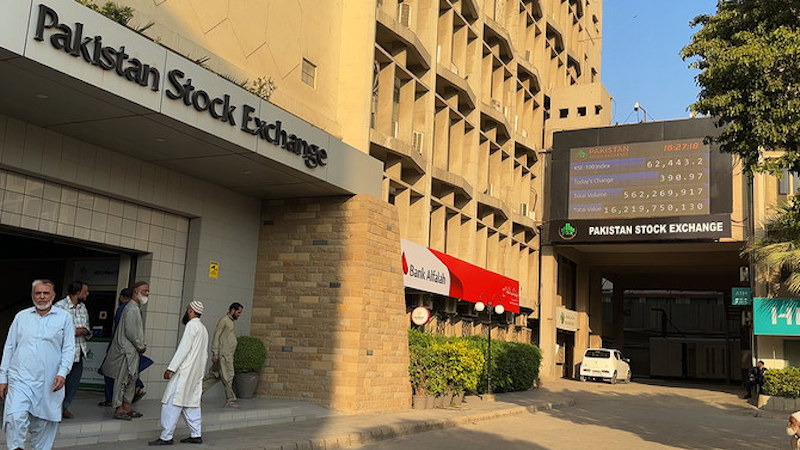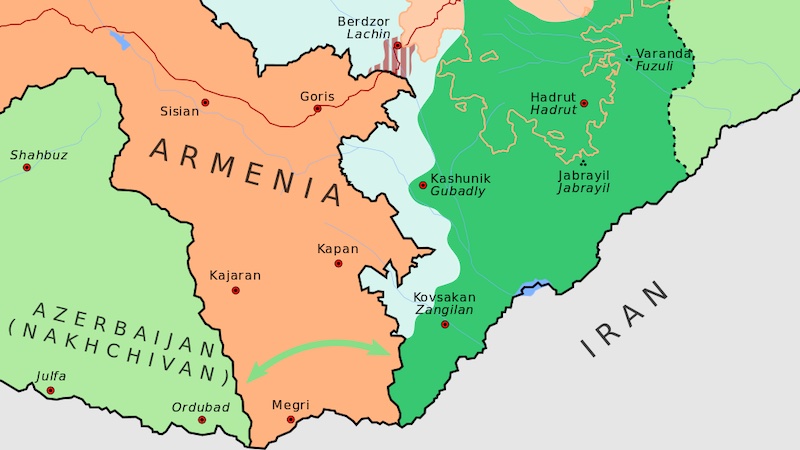According to the first official and public assessment by US intelligence officials on the economic impact of Yemen’s Iran-backed Houthi rebel activities, attacks by them on commercial ships in the Red Sea led to a 90% drop in container shipping in the area between December and February, reports Al-Monitor.
The Pentagon’s Defense Intelligence Agency (DIA) discovered that the attacks affected at least 65 countries and caused at least 29 major energy and shipping companies to change their routes. British Petroleum, Evergreen, CMA CGM, Maersk, Qatar Energy and Shell are some companies that have felt the heat.
Many ships decided to travel around South Africa’s Cape of Good Hope, which added about 20,000 kilometres (11,000 nautical miles) and at least 10 extra days to each trip. This detour increased fuel costs by roughly ₹8.2 crore ($1 million) per voyage. The DIA stated that threats to Red Sea shipping were adding more pressure to global maritime shipping, which was already facing disruptions at the Panama Canal due to drought.
The report mentioned that shipping insurance premiums for travelling through the Red Sea had significantly increased. By mid-February, premiums had risen to 0.7-1% of a ship’s total value, compared to less than 0.1% before December 2023. Shipping through the Red Sea usually made up 10-15% of global trade. The report also stated that the attacks in the Red Sea had affected humanitarian efforts, causing weeks-long delays in aid to Sudan and Yemen.
The Houthis began increasing their attacks on commercial ships in the Red Sea in mid-November, initially claiming they were targeting vessels going to and from Israel because of Israel’s war in Gaza against Hamas. However, the Houthi attacks soon included commercial ships from other countries, including Israeli allies, such as the US and UK.
To prevent the attacks, both these countries launched a series of airstrikes against rebel targets in Yemen and imposed sanctions. Washington also created Operation Prosperity Guardian, a naval coalition of 20 countries, to protect international navigation in the Red Sea. However, these efforts have not stopped the rebels and the attacks continue.
Impact on India’s Trade
Roughly 80% of India’s merchandise trade with Europe passes through the Red Sea. Key products, such as crude oil, auto parts, chemicals, textiles and iron and steel are affected. Higher freight costs, insurance premiums and longer travel times could make imported goods much more expensive. Ongoing disruptions in trade routes could impact the capital goods sector, causing unwanted inventory build-up, according to an economic review citing a CRISIL report, says Mint.
The conflict has also affected the Middle East’s fertilizer exports to India, particularly the import of muriate of potash from Jordan and Israel.
Panama Canal Shipping
Bloomberg reports that the Panama Canal avoided a shipping crisis that could have disrupted $270 billion in global trade each year. This was achieved through careful water management and a stroke of luck. Last year, due to dry conditions in the Central American country, the Panama Canal Authority (PCA) put restrictions on the number of ships allowed to pass each day, cutting it down to 22—or about 60% of the usual traffic. To skip the long wait times, which extended over two weeks, shippers paid millions of dollars to move up in the queue.
Recently, as water levels have increased, the PCA has begun raising the limit on daily ship crossings. On Tuesday, they announced that, starting in late-July, 34 ships would be allowed to pass through each day, nearing the pre-drought limit of 38. Shippers now have to wait fewer than two days to get across the canal. If rainfall continues as expected, the canal could return to full capacity next year, according to a written statement from the authority.



